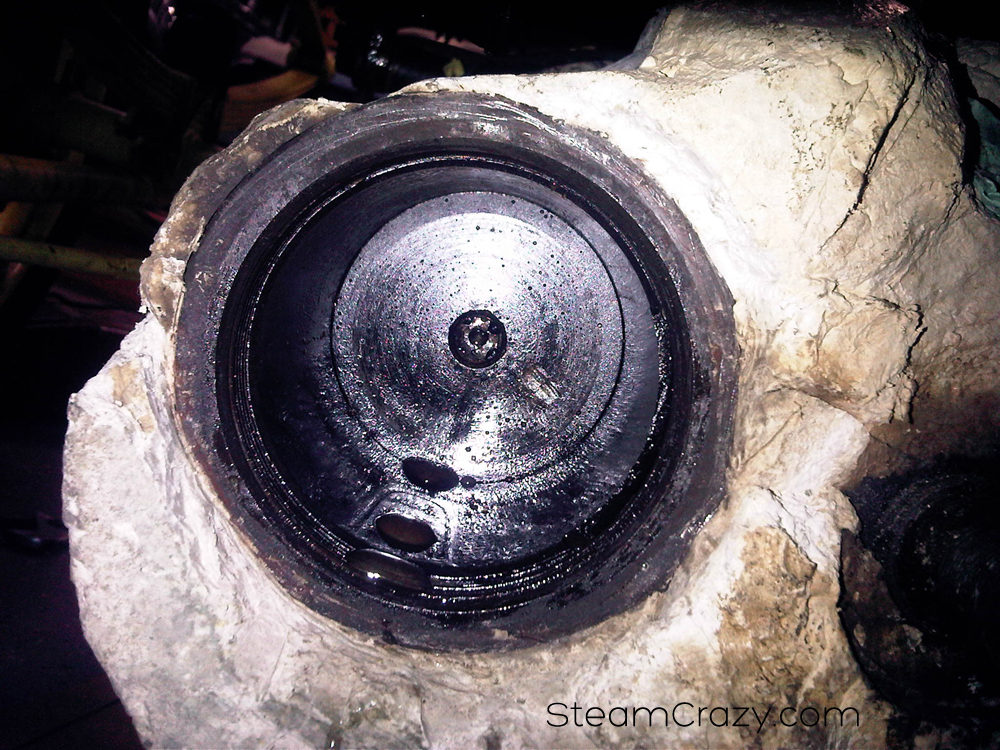You really have to love the internet because it allows all of us antique car guys to stay in touch. Case in point, I got an e-mail from a fellow named Geary Baese for Ft. Collins CO that brought to my attention there was a more permanent solution to my issues of the piston loosening off. He called it the Dutchmen and below is his description.
"It is tougher to do with the engine in the car but is a real good remedy. Once the front piston half is well torqued to the back half, a small hole, 1/8 -3/16" is drilled at a slight angle between the piston rod and the piston, kind of like the slot in an axle key-way. A hardened steel pin is cut to length and inserted in the hole, or preferably, thread the hole with a bottoming tap and put in an Allen type hardened set screw. Now you have a lock that keeps the piston from rotating on the piston rod. The piston rod nut (if there is one) is then run down to the piston and torqued. To secure it, two center punch dimples are struck on the piston rod or nut next to the threads, unless the hut is hardened. This easily locks the nut since there is no longer any rotating force on it. I prefer aircraft grade high temp locktite and only peening the rod as a last resort. This the most successful and least invasive fix I know of short of redesigning the rod and piston. I have seen it used on locomotives, steam cars, traction engines, stationary engines and saw mills"
The e-mail went on to explore other insights which were all very interesting. Thanks again for the e-mail Geary, keep in touch!




